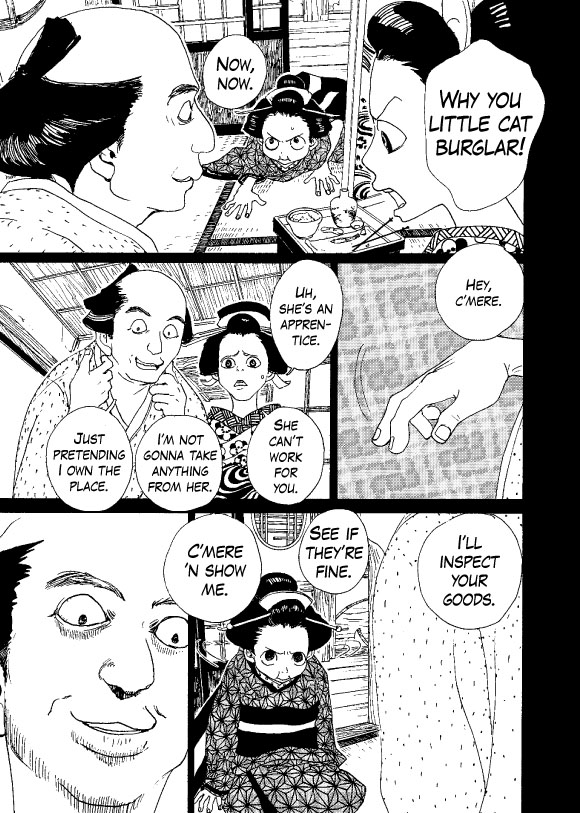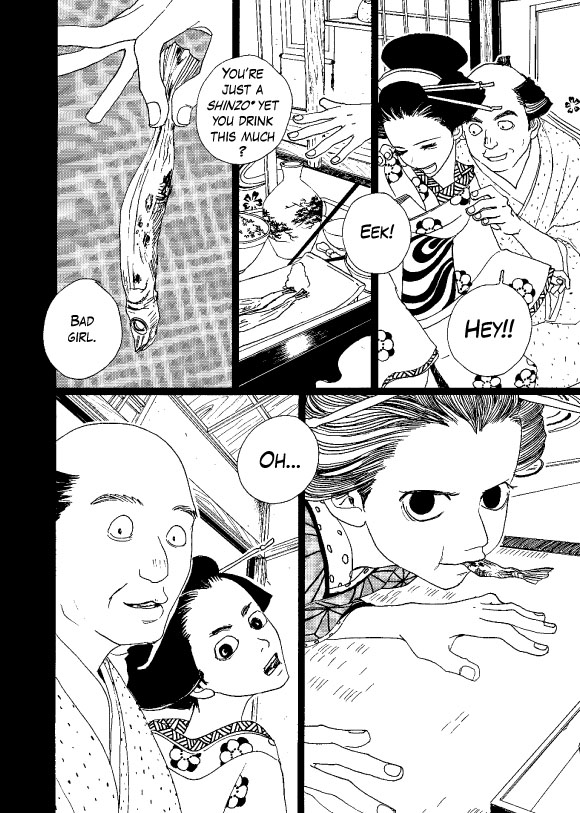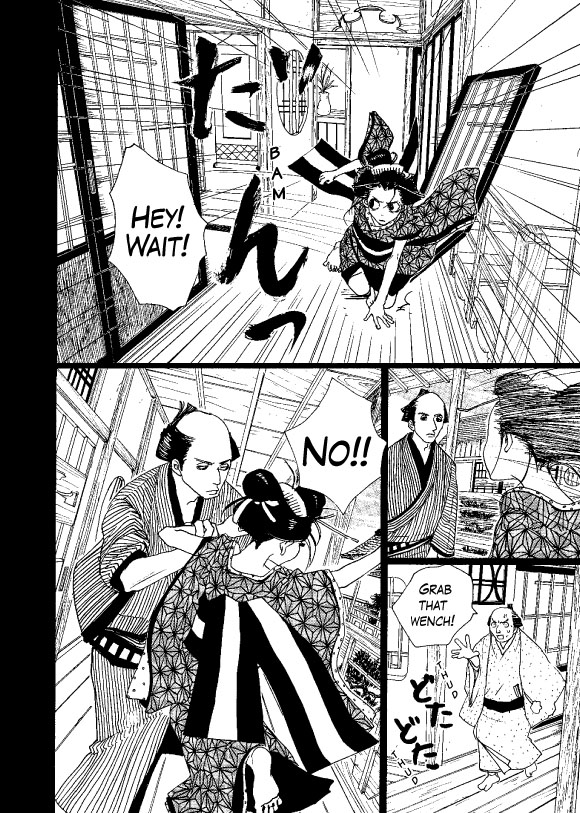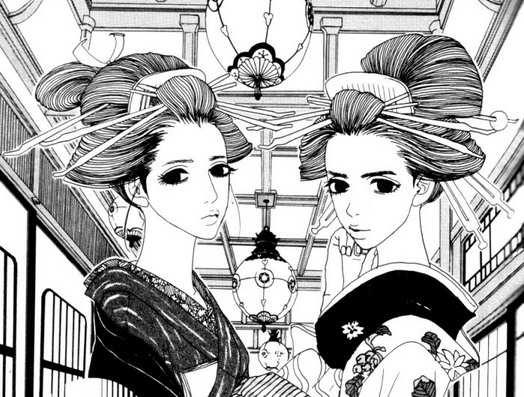 Gekiga pioneer Yoshihiro Tatsumi’s work is now accessible to viewers on the big screen, thanks to Singaporean director Eric Khoo. Khoo adapted such classic stories as “Hell,” “Goodbye,” and “Beloved Monkey,” interleaving them with vignettes from Tatsumi’s autobiography A Drifting Life.
Gekiga pioneer Yoshihiro Tatsumi’s work is now accessible to viewers on the big screen, thanks to Singaporean director Eric Khoo. Khoo adapted such classic stories as “Hell,” “Goodbye,” and “Beloved Monkey,” interleaving them with vignettes from Tatsumi’s autobiography A Drifting Life.
This just in: Moyocco Anno‘s new Instagram account is pretty awesome.
Marvel’s C.B. Cebulski shares a few more details about the Avengers/Attack on Titan crossover series. Over at TCJ, Joe McCulloch looks at an earlier Marvel/manga crossover, Kazuo Koike’s Wolverine one-shot.
Lori Henderson dishes the dirt on two new licenses: Aquarion-Evol and Flowers for Chronous, both of which will be published by One Peace Books.
The Manga Bookshelf gang share their picks for this week’s best new arrivals.
What kind of manga appeals to 9-to-12 year old readers? MJ weighs the pros and cons of three series that are frequently recommended for tweens.
News from Japan: The forthcoming Doraemon movie–Doraemon: Nobita no Space Heroes–will be adapted for the pages of Coro Coro; look for the first chapter in January 2015. Also arriving in theaters next year will be a big-screen treatment of Io Sakisaka’s Strobe Edge.
Reviews: Over at Anime News Network, Jason Thompson completes his 56-hour Naruto review marathon, tackling volumes 28-72. Closer to home, MJ sings the praises of an oldie but goodie: Setona Mizushiro’s Afterschool Nightmare.
Matthew Warner on vol. 13 of 07-Ghost (The Fandom Post)
Ash Brown on vol. 1 of Ajin: Demi-Human (Experiments in Manga)
Sean Gaffney on vol. 14 of Attack on Titan (A Case Suitable for Treatment)
Anna Call on vol. 1 of Deadman Wonderland (No Flying No Tights)
Ken H. on vols. 2-3 of Kimagure Orange Road (Sequential Ink)
Megan R. on Le Chevalier D’Eon (Manga Test Drive)
Rebecca Silverman on vols. 1-2 of Lucifer and the Biscuit Hammer (Anime News Network)
L.B. Bryant on vol. 5 of No Matter How I Look at It, It’s You Guys’ Fault I’m Not Popular (ICv2)
Richie Graham on vol. 1 of Ranma 1/2: 2-in-1 Edition (No Flying No Tights)
Sakura Eries on vol. 9 of Spice and Wolf (The Fandom Post)
Kate O’Neil on vol. 22 of Soul Eater (The Fandom Post)
Leroy Douresseaux on vol. 10 of Ultimo (Comic Book Bin)
Jenny Ertel on vols. 1-3 of What Did You Eat Yesterday? (No Flying No Tights)
Matthew Warner on vol. 1 of World Trigger (The Fandom Post)










